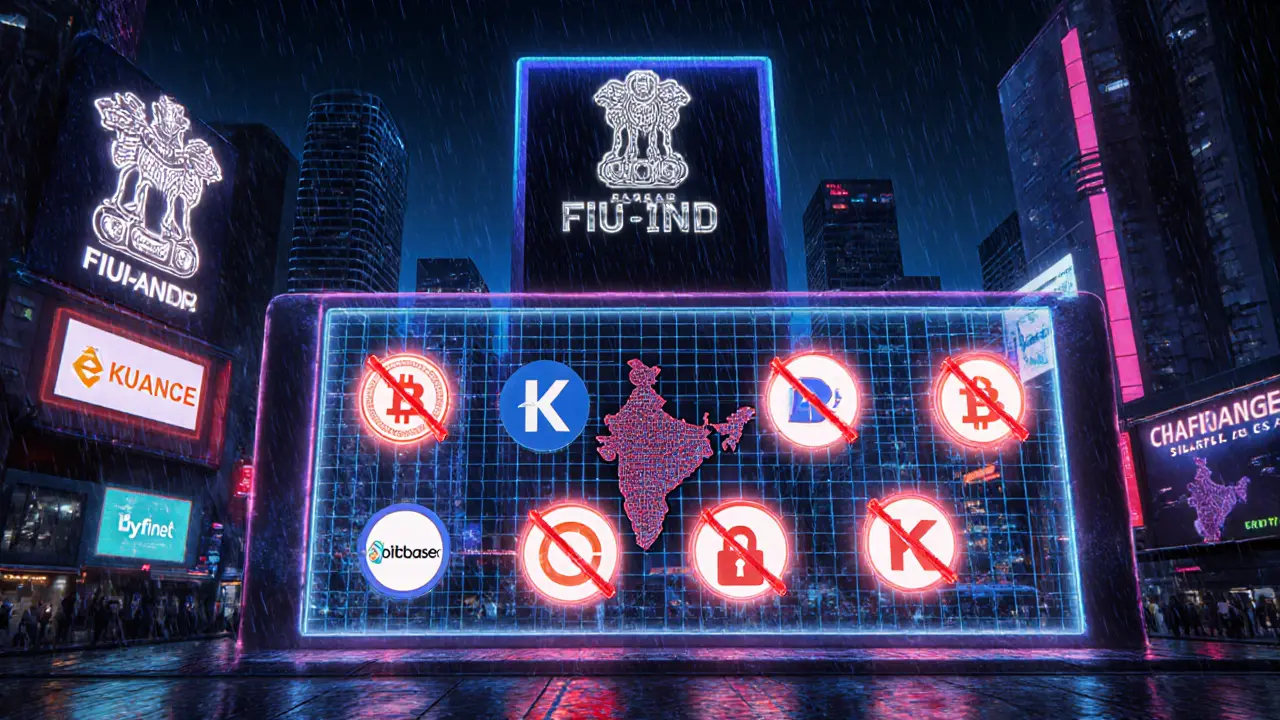
Banned Crypto Exchanges – What They Are and How to Protect Yourself
When talking about Banned Crypto Exchanges, platforms that have been prohibited from operating due to violations of legal or security standards. Also known as blacklisted exchanges, they usually fail to meet Crypto Exchange Regulation, the set of rules imposed by authorities such as the SEC, FCA, or MAS to protect investors and ensure market integrity. Another key factor is Exchange Licensing, the official permission granted by a jurisdiction that allows an exchange to offer trading services legally. When an exchange loses its licence or ignores regulatory guidance, it quickly lands on the banned list, exposing users to fraud, frozen assets, and legal trouble.
Why Exchanges Get Banned and What It Means for Users
The core reason behind a ban is non‑compliance: missing AML/KYC checks, weak custody safeguards, or offering unregistered securities. Regulatory bodies enforce these rules because unchecked platforms can become money‑laundering hubs or pump‑and‑dump arenas. For instance, a jurisdiction may revoke an banned crypto exchanges licence if it discovers that the platform ignored customer verification, leading to a cascade of legal actions. Once banned, the exchange often shuts down its website, blocks withdrawals, and may face asset seizures. Understanding the impact helps you spot red flags early. Look for public statements from bodies like the Financial Conduct Authority (FCA) or the Australian Securities and Investments Commission (ASIC) that list prohibited platforms. Check whether an exchange displays its licensing number on the footer; reputable sites usually link to the regulator’s registry. If an exchange hides its jurisdiction or refuses to share compliance documents, that’s a strong warning sign. Beyond the immediate loss of funds, users can face tax complications. Some countries treat assets on a banned exchange as taxable events, requiring you to declare losses or potential gains. Moreover, the lack of a regulated dispute‑resolution process means you’re on your own if the platform disappears. That’s why staying informed about the regulatory landscape is as crucial as picking a good token.
So, how do you protect yourself? Start with a quick compliance checklist: verify the exchange’s licence, confirm it follows AML/KYC protocols, and see if it’s listed on official watch‑lists. Use tools that aggregate regulator statements to get real‑time alerts when an exchange’s status changes. Diversify your holdings across multiple vetted platforms to limit exposure if one gets blacklisted. And always keep a cold‑wallet backup of any assets you can’t afford to lose. The articles below dive deeper into specific cases, offer step‑by‑step guides on checking an exchange’s legal standing, and explain what to do if you’re already caught up with a banned platform. Armed with this knowledge, you’ll be able to navigate the crypto market without falling prey to risky exchanges.




